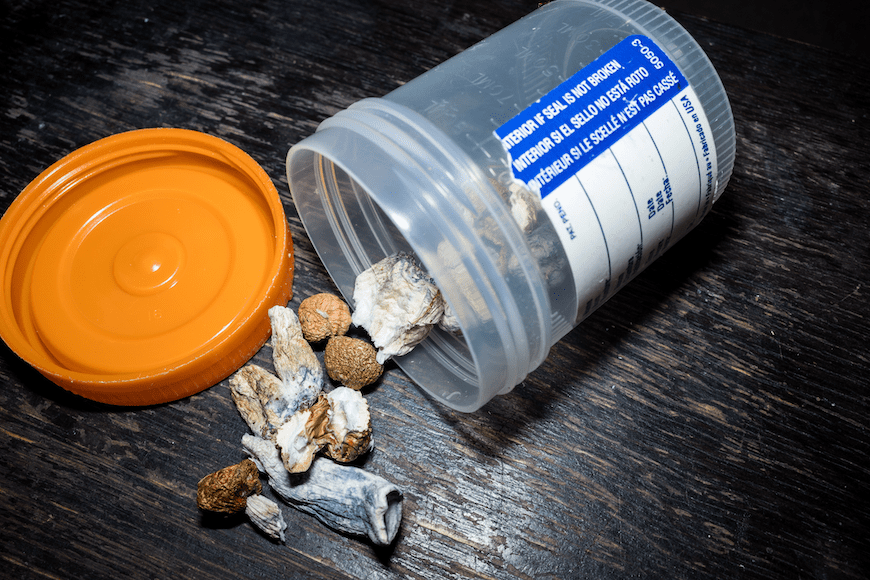A new compound that acts like “Ozempic for the brain” might help reduce inflammation associated with Parkinson’s disease (PD). In a study using rats with a Parkinson’s-like condition, it improved symptoms and enhanced brain function.
Researchers have long observed insulin resistance in the brains of individuals with PD, a progressive neurodegenerative disorder without a known cure. Enter semaglutide, a novel treatment initially developed for type 2 diabetes. Currently undergoing a phase II clinical trial for PD patients, semaglutide belongs to a class of drugs known as long-acting glucagon-like peptide-1 (GLP-1) receptor agonists.
Semaglutide is sold under the brand names Ozempic, Rybelsus, and Wegovy. Originally used for the long-term management of type 2 diabetes and obesity, it has recently gained traction as a transformative weight loss drug.
“Medication initially designed to deal with diabetes have proven good protecting results in many various animal fashions of central nervous system illness,” Christian Hölscher, a professor at the Henan University of Chinese Medicine and the chief scientific officer at Kariya, told the news outlet, Psypost.
How a Club for Parkinson’s Patients Helps Build Empowerment
500% Rise in Parkinson’s Linked to a Common Dry Cleaning Chemical
Parkinson’s Incidence In the U.S. Nearly 50% Higher than Previous Estimates
Outperforming Semaglutide
Promising results from previous phase II trials involving PD patients have been seen with older GLP-1 receptor agonists, including exendin-4 and liraglutide. Building upon this progress, researchers have now developed a dual GLP-1/GIP receptor agonist called DA5-CH. What sets DA5-CH apart is its ability to effectively cross the brain-blood barrier, a protective gateway that often poses challenges for drug delivery to the brain. In research, DA5-CH exhibits an even higher brain-blood barrier penetration rate than semaglutide.
To investigate the potential of both semaglutide and DA5-CH, researchers conducted a study using a rat model of PD induced by 6-OHDA lesions. 6-OHDA neurotoxins selectively destroy dopaminergic and noradrenergic neurons in the brain. Researchers administered a dose of 25 nmol/kg of either semaglutide or DA5-CH to the rats for 30 days following the lesion.
Both drugs demonstrated positive outcomes. They effectively reduced apomorphine-induced rotational behavior. Rats treated with a drug called apomorphine exhibit this specific movement pattern observed in animal models of Parkinson’s disease. The animals tend to rotate or turn repeatedly in one direction, a behavior used as a measure to assess the effectiveness of potential treatments for Parkinson’s disease.
Additional Findings Are Encouraging
They also alleviated dopamine depletion and mitigated the inflammatory response in the damaged striatum area of the rats’ brains. This was evidenced by reduced levels of IL-1β and TNF-α, two markers of inflammation. Notably, DA5-CH demonstrated greater effectiveness compared to semaglutide across every measure.
Additionally, both drugs exhibited neuroprotective effects by safeguarding dopaminergic neurons and increasing the expression of the enzyme tyrosine hydroxylase in the substantia nigra, a brain region critically affected in PD. Increasing the expression of this enzyme in the context of PD could have potential therapeutic benefits for humans, the researchers speculated.
Tyrosine hydroxylase is responsible for the production of dopamine, a neurotransmitter that plays a critical role in controlling movement and coordination. In PD, there is a progressive loss of dopamine-producing neurons in the substantia nigra. This dopamine depletion leads to the characteristic motor symptoms of PD, such as tremors, rigidity, and impaired balance.Increasing tyrosine hydroxylase expression enhances the production of dopamine, which can help compensate for the deficit caused by neuronal loss. By doing so, these drugs have the potential to alleviate motor symptoms and improve motor function in individuals with PD.
Furthermore, the drugs demonstrated the ability to reduce levels of monomer and aggregated α-synuclein, proteins associated with PD pathology. Another significant finding was the reduction of insulin resistance. Here again, DA5-CH proved more potent than semaglutide.
Future Prospects
These results indicate that while semaglutide showed promise in this PD model, DA5-CH emerged as the superior candidate. Its enhanced ability to traverse the blood-brain barrier suggests that it may hold greater therapeutic potential for neurodegenerative disorders like PD compared to GLP-1 receptor agonists that face challenges in reaching the brain.
“The take-home message is that these drugs are genuinely protective in the brain, and that we are not very far away from one of these drugs coming to the market as a drug treatment to slow down or stop Parkinson’s disease,” Hölscher said. “Our novel dual agonist is designed to treat Parkinson’s and works better than the GLP-1 class drugs that are on the market to treat type 2 diabetes.”
DA5-CH is currently in phase I trials. Hölscher said they will enter a phase II clinical trial next year. He hoped these early results will ultimately translate from animal models into meaningful clinical benefits. Scientists are studying GLP-1 drug use in the treatment of a variety of other conditions including Alzheimer’s disease and substance use disorders.



